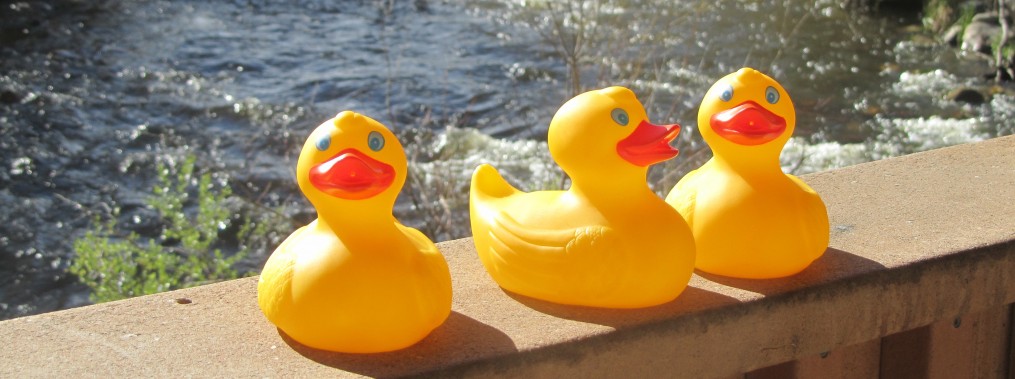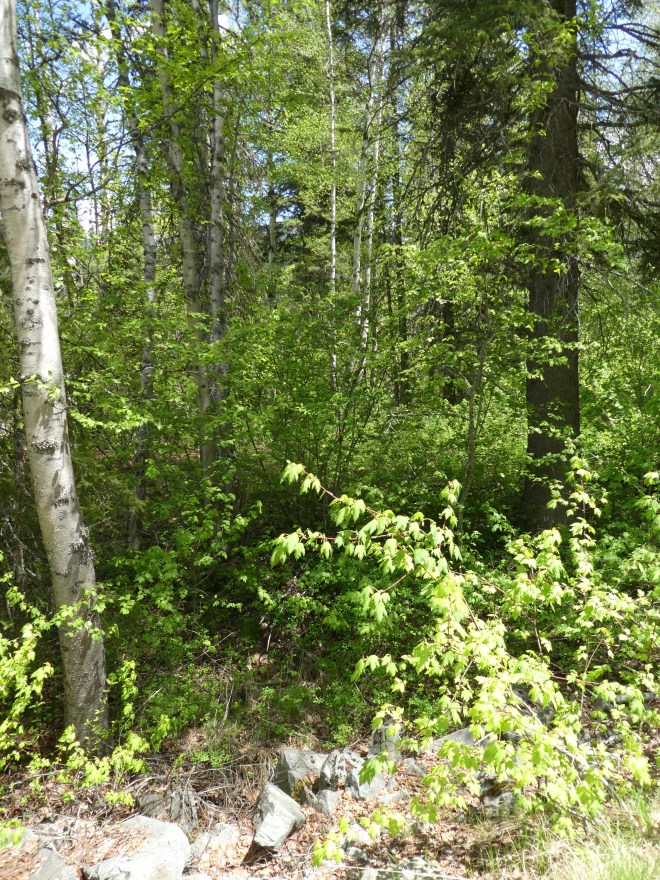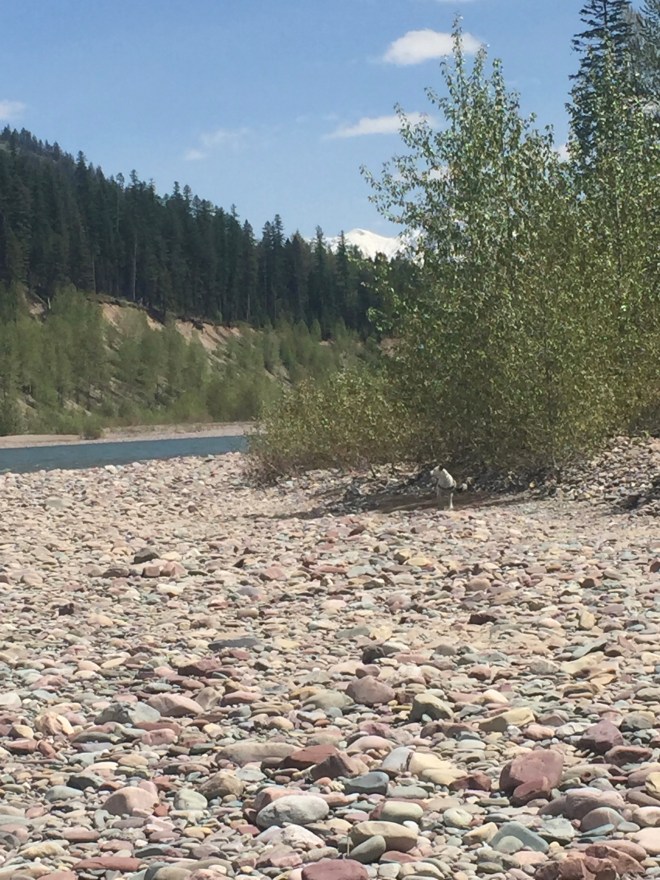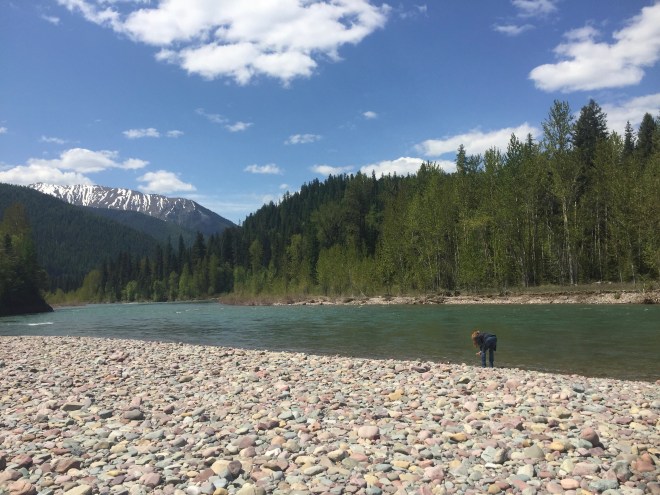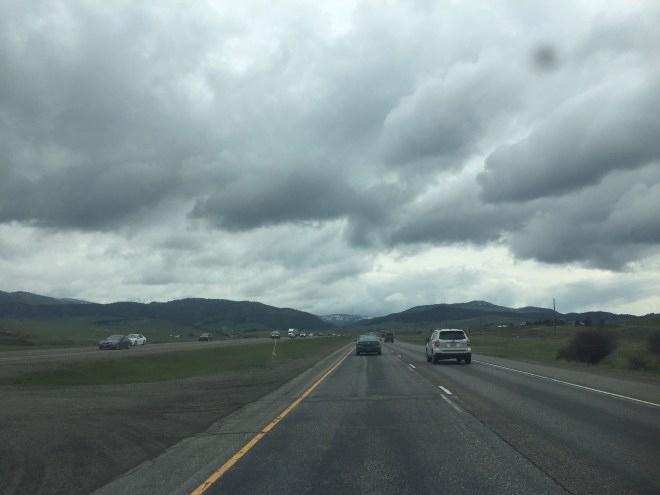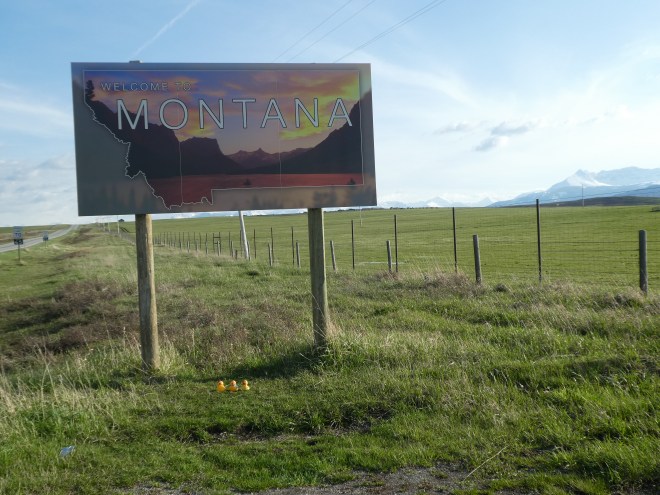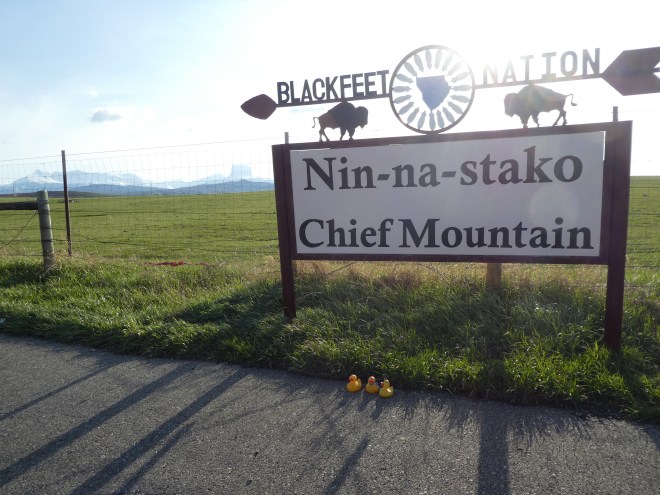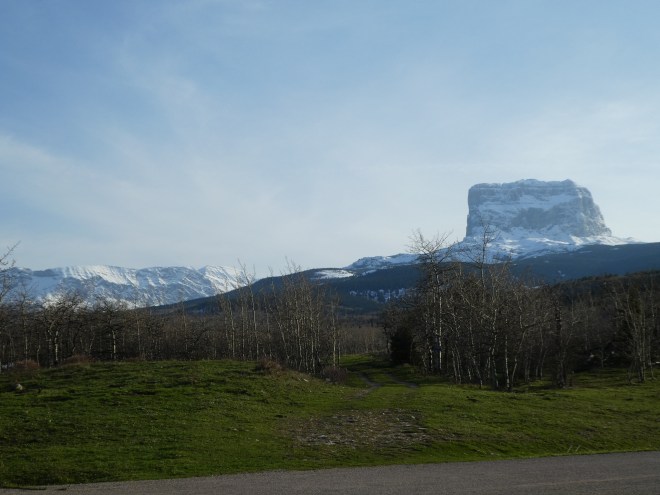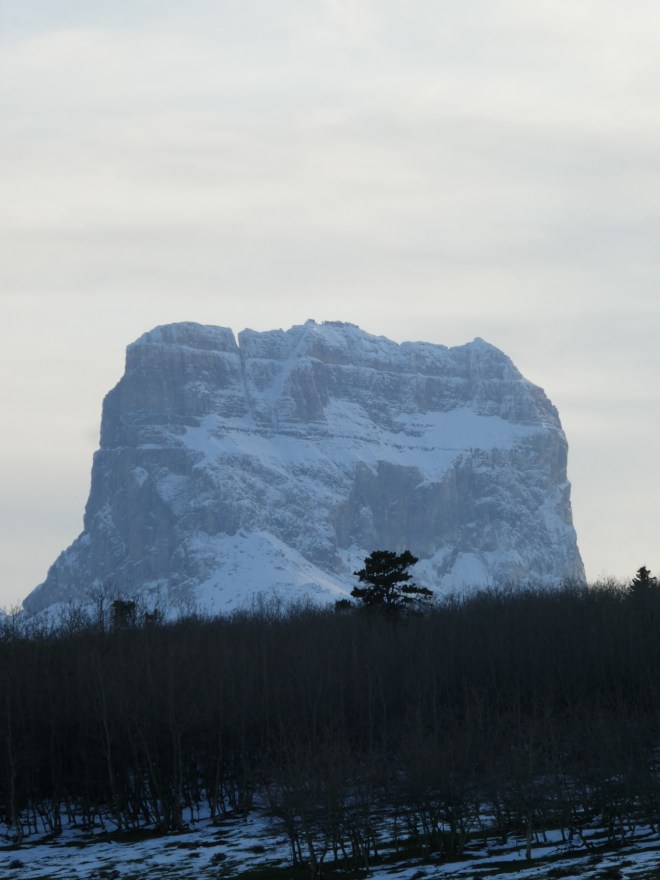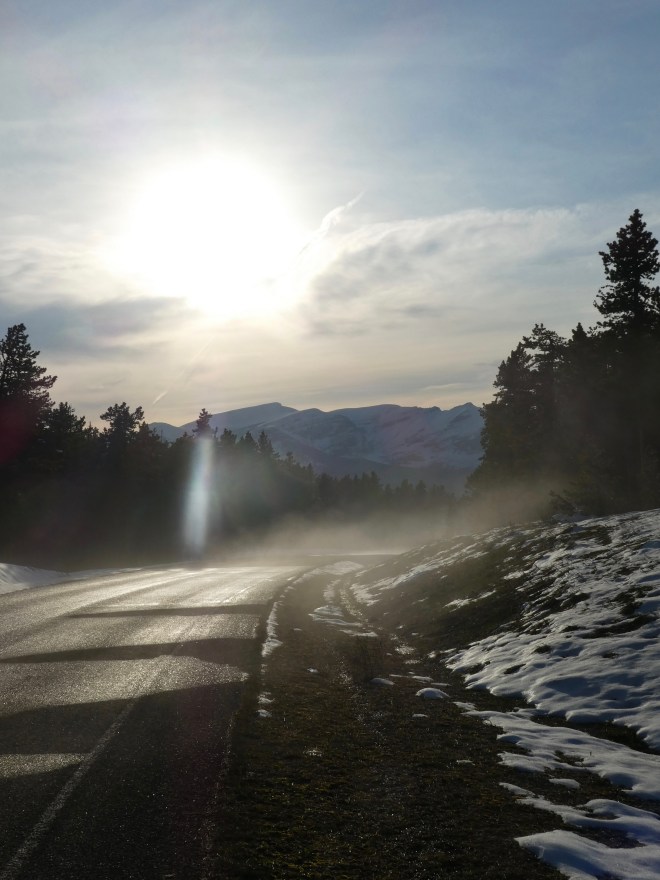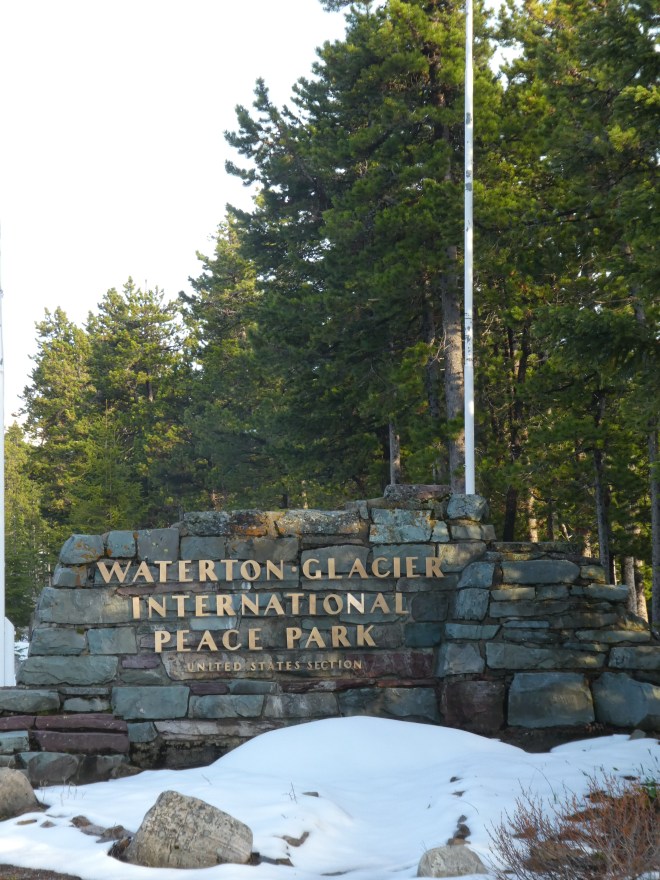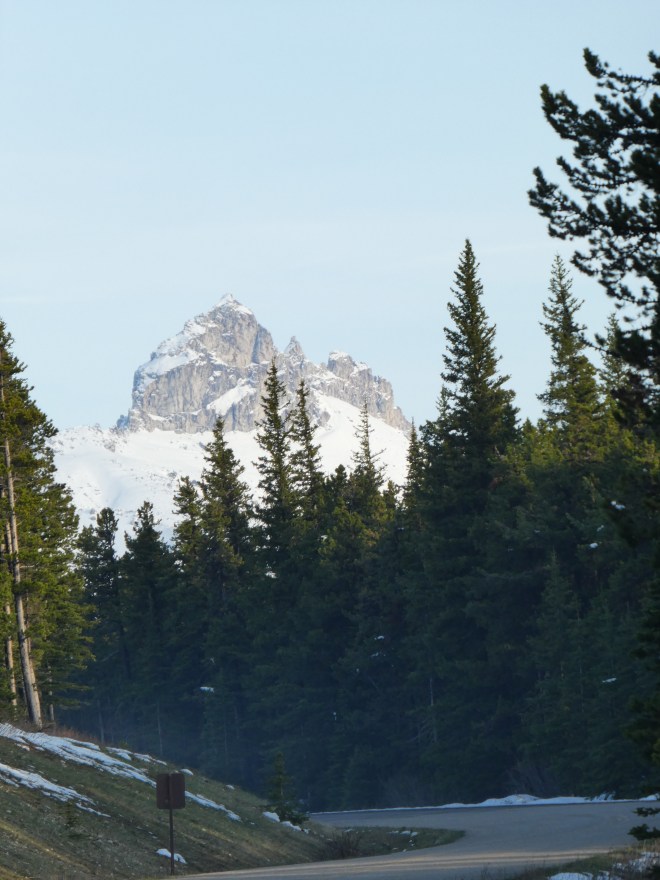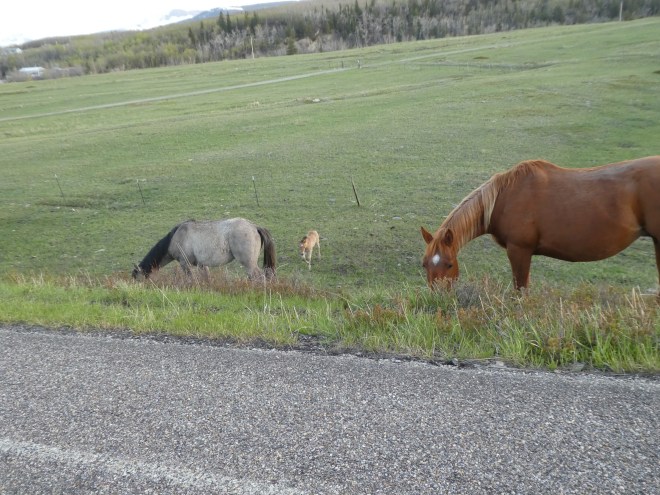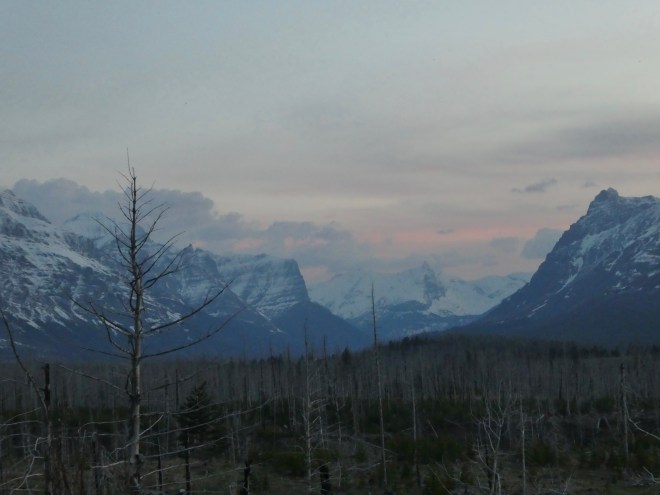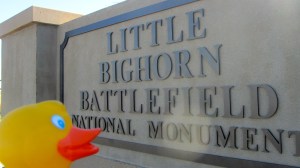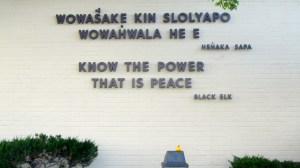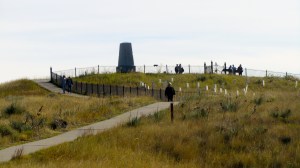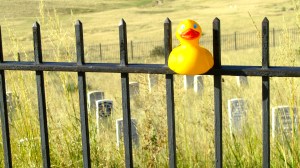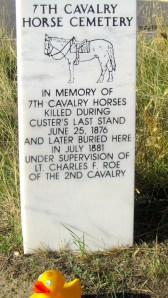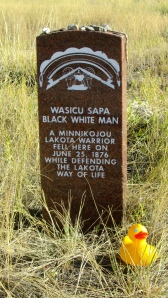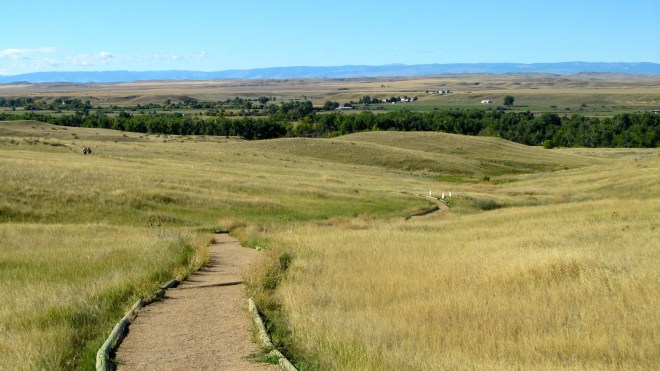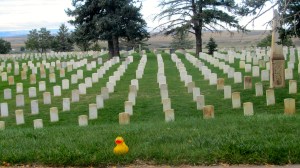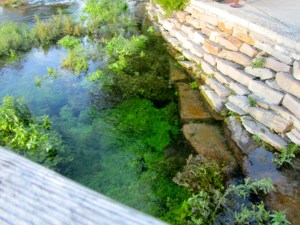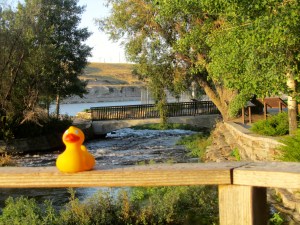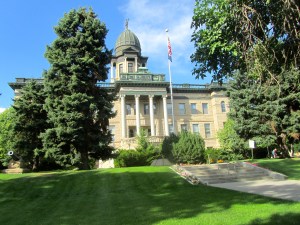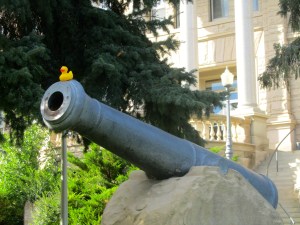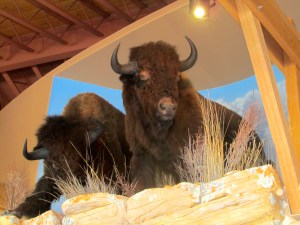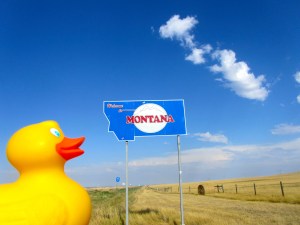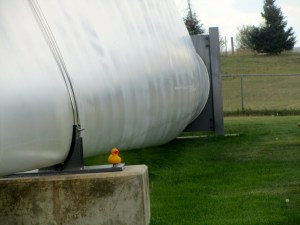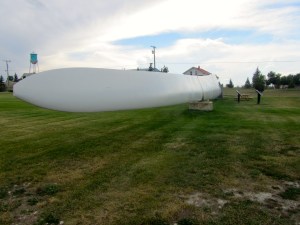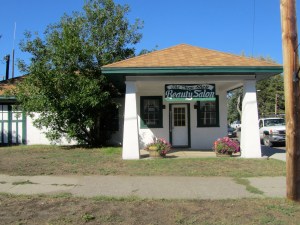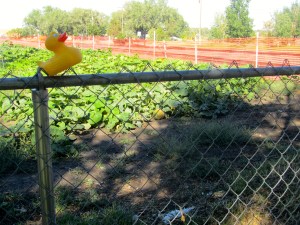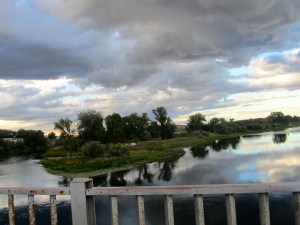We should be home today, but the weather in Denver is definitely not as nice as it is here in northern Montana. So, we get another day of road trip vacation. We love it! Our National Parks do not allow dogs to go on trails, so we are not in the park today. The dogs may bark or try to chase the wildlife. A dog trying to chase a bear, moose or elk may not end well. We are following the river along the southern boundary.
Now humans, ducks and Chloe, the Colorado Traveling Dog, can all enjoy walking by the river. We saw the turn off for a boat ramp, and had to get to the river.
This is the Middle Fork of the Flathead River. Back closer to the road we looked through the trees and wanted to get to this part of the river.
But the river bank was rather steep. This thick vegetation was green and beautiful.
Not a group to give up, we did get down the embankment to the river. Chloe followed the humans and now is frolicking and exploring.
Soapy’s mom walked along the river looking at the different types of rocks.
We spent most of the day wandering along rivers. Another stop at Dairy Queen, then off to Bozeman, Montana for the night. Our moms said we could drive from Bozeman to Denver the next day, but it would be a long drive. Not much stopping. When we left the motel in the morning, the weather had certainly changed.
Leaving Bozeman, we really didn’t want to stop much and walk along trails. Those storm clouds look serious. From Montana, we drove into and through Wyoming.
The sky stills looks stormy. We had some sun, some clouds, and of course, some rain. So, humans….Why are we heading home today? But it is OK. The sun will shine soon in Denver and we are only an hour away from the Continental Divide and our 14,000 foot mountains. We loved our trip, but we love Colorado also.
